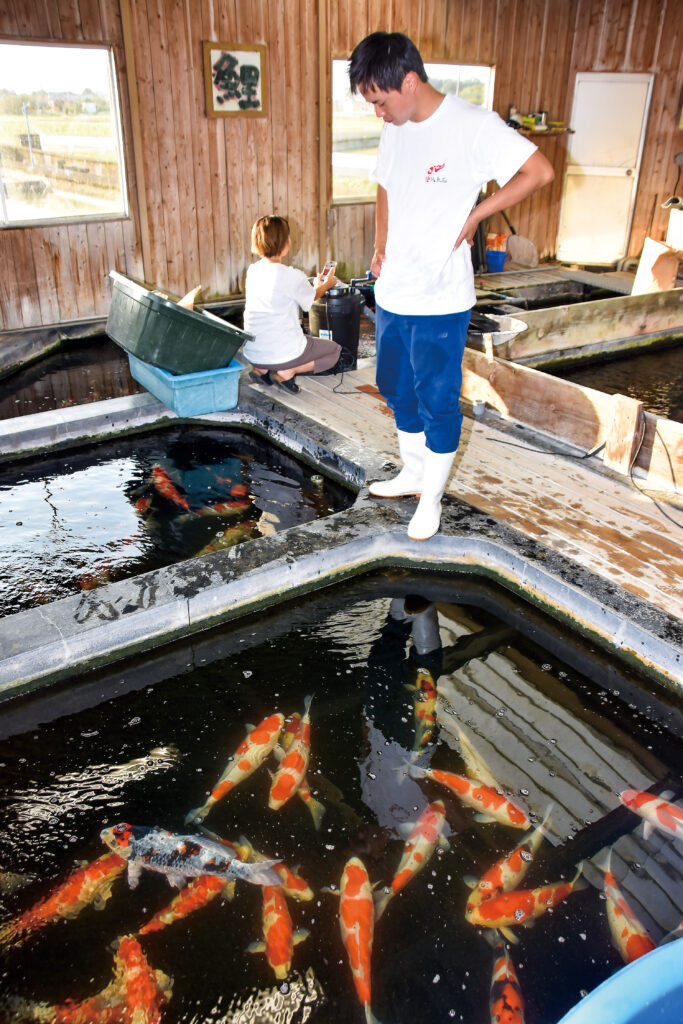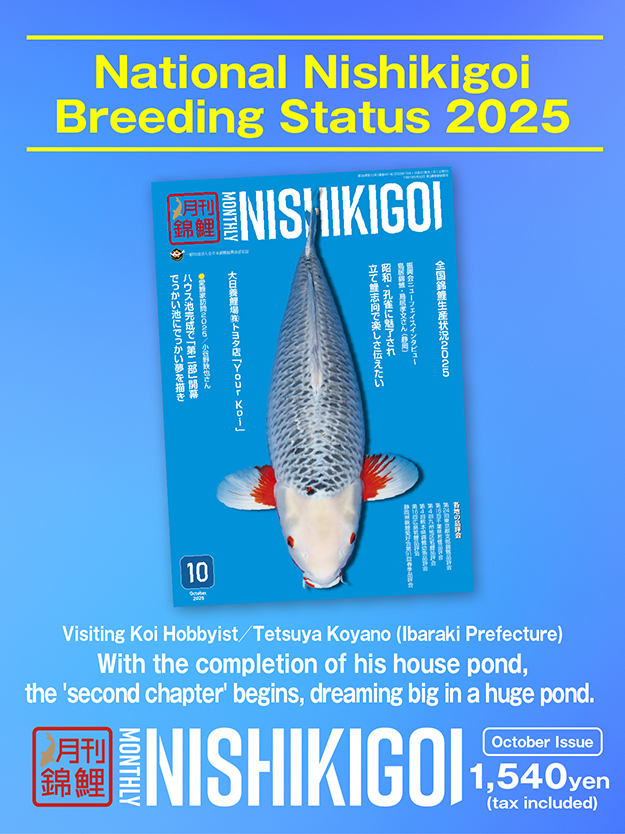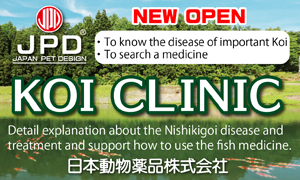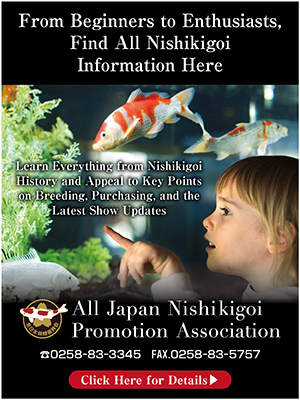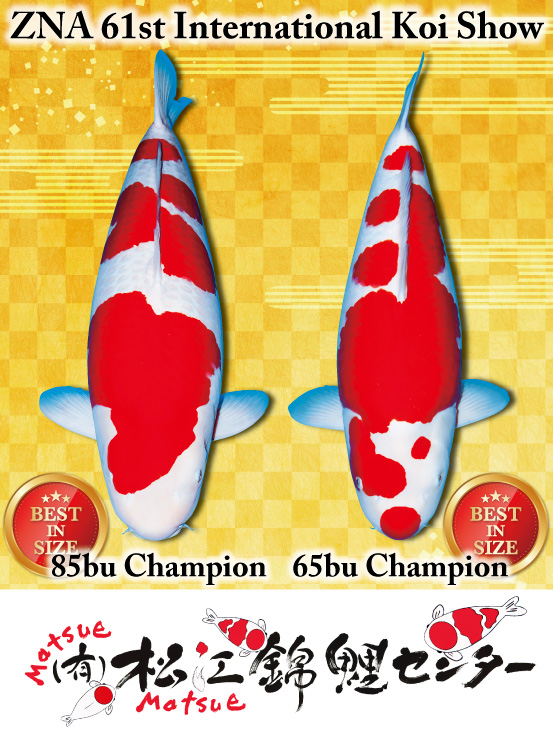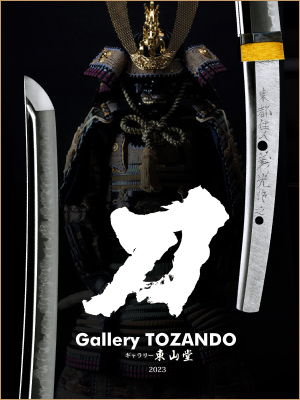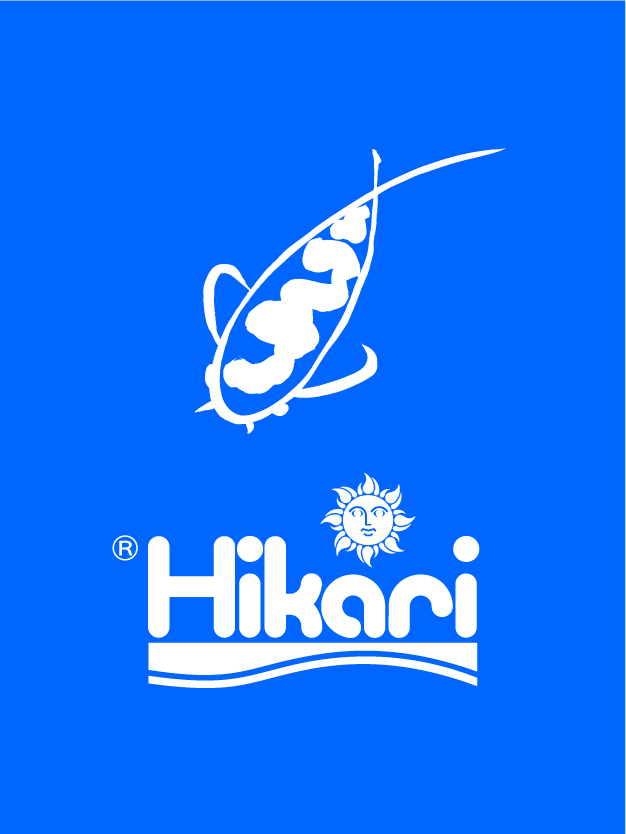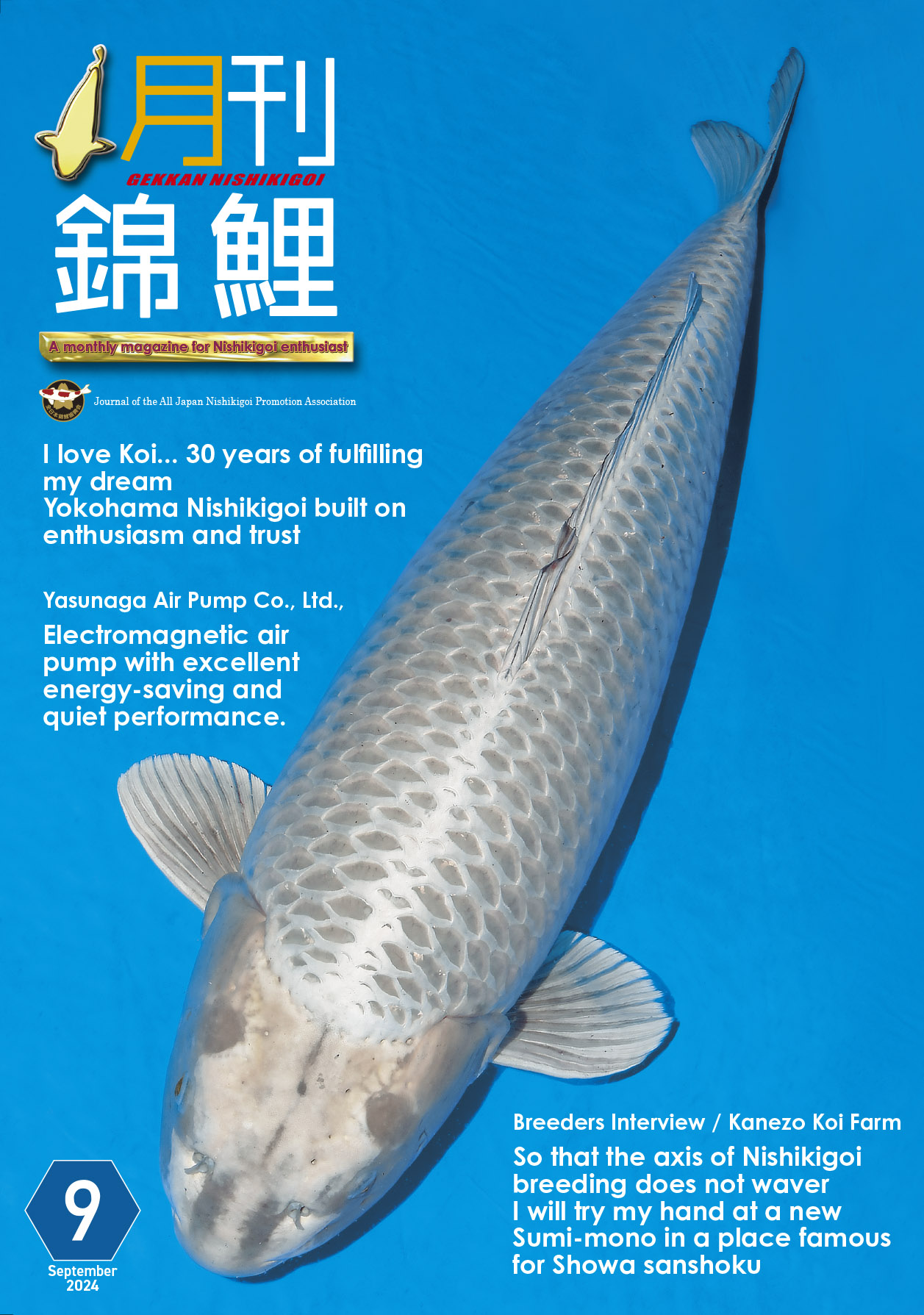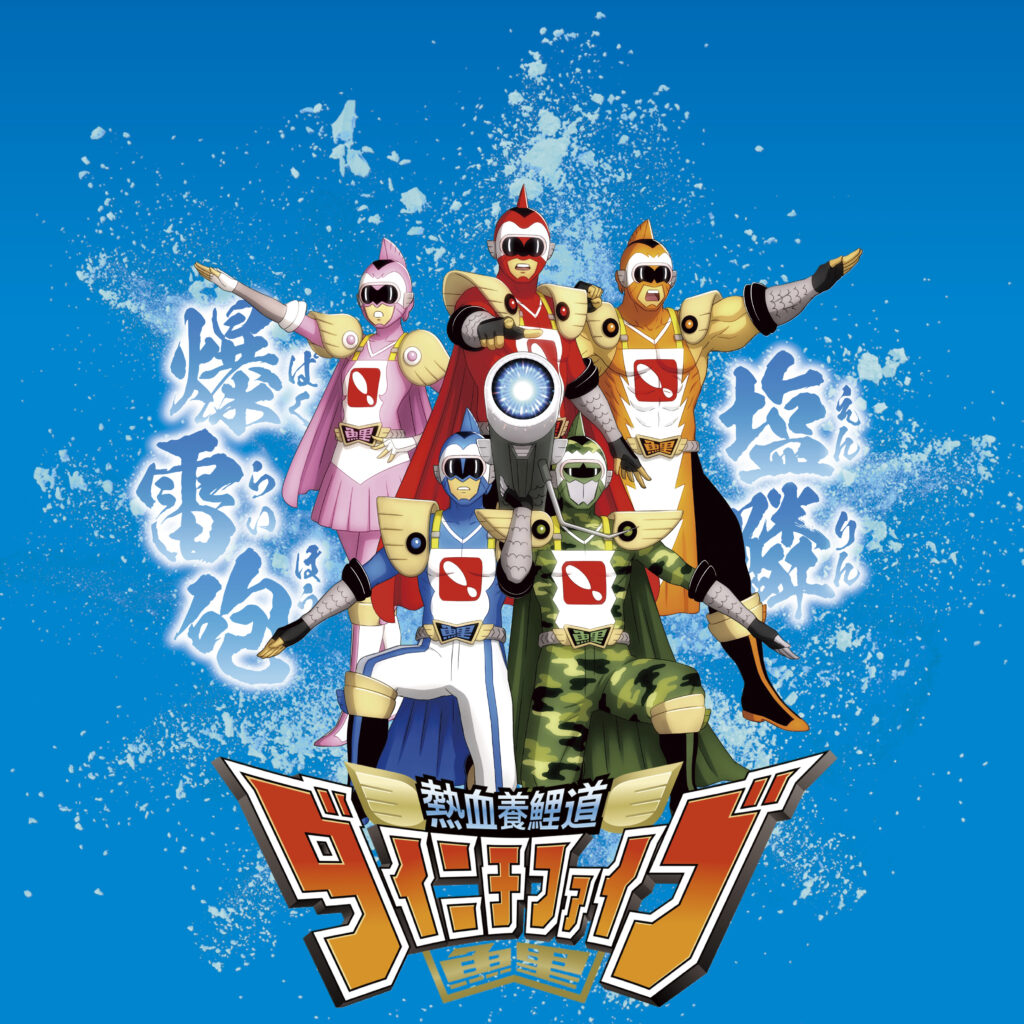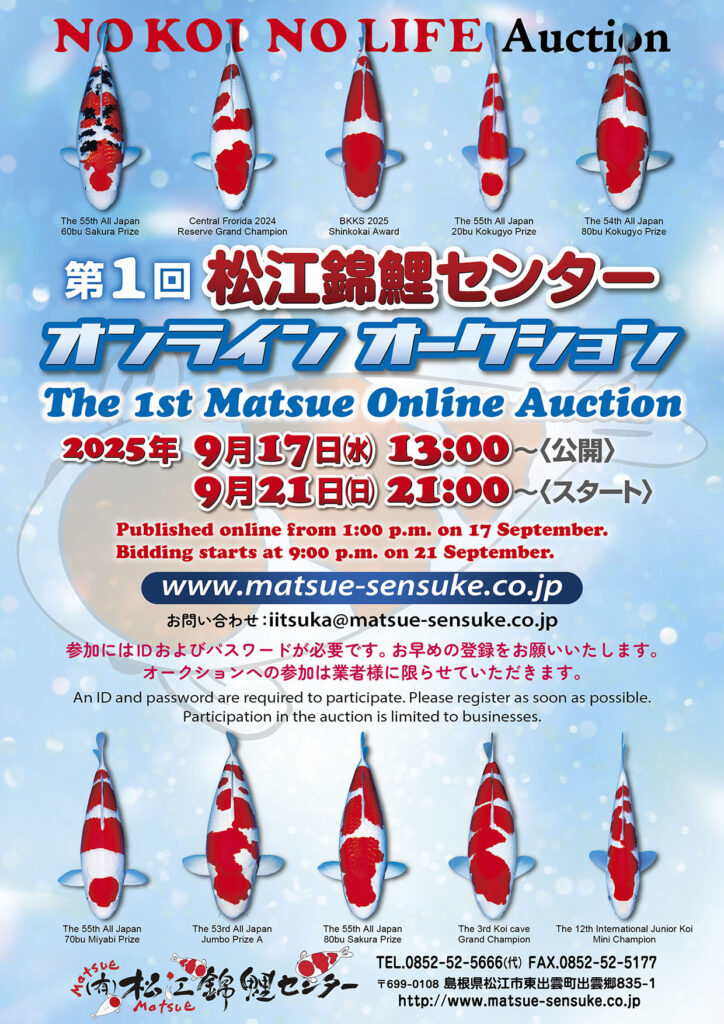Using SNS to showcase the beauty of koi and offering suggestions and services for those who want to enjoy koi as pets.
— Maruchiku is actively posting videos on Instagram and YouTube. What was the motivation behind starting this?
Eiji: I created an Instagram account in 2022, but it was just a casual thing at first, and I didn’t post much. About a year later, my wife left her previous job and joined our company, so we decided to take the opportunity to focus more on social media.
Reina Konishi: Once, a hobbyist saw our koi at a show and uploaded a video of them to YouTube. My father-in-law was so happy about it that he kept showing it to other customers. That made me think, “Maybe I should try doing this too,” and that’s how it started.
— There weren’t many koi shops doing this kind of thing back then, right?
Eiji: In terms of videos, I think Mr. Shiota from Yamagata was one of the earliest. On Instagram, it was mostly JPD and some manufacturers. Most koi shops were still focused on Facebook. We wanted to reach a younger audience, so we decided to put more effort into Instagram, even setting a goal of reaching 10,000 followers.
— What kind of content do you usually post?
Eiji: At first, it was just short videos of our daily work, but later we started adding information about koi shows and product promotions. Videos where we interview breeders at shows have been particularly popular. We hope these videos can contribute to the growth of the industry.
— I heard one of your videos got 2.1 million views?
Eiji: OH, that was the shark video (laughs).
— Shark?
Eiji: It was actually a 10-second video of us netting koi in a pond. We didn’t expect such a casual video to get so many views (laughs). The most-viewed video, with 5.11 million views, was about the “Koi Koi Aqua” filter. My wife handled the planning, like how to present the product and explain its features.
Kenji: They work really well together.
— Posting this kind of content must have brought in a lot of new customers, right?
Eiji: Yes. We didn’t have a specific plan at first, but it definitely attracted new customers.
— What exactly is the Koi Koi Aqua” product you mentioned earlier?
Eiji: It’s a manual filter that uses “Wakishimizu” technology. You just turn a handle, and it easily cleans the filter without getting your hands dirty. With regular filters, you have to take out the filter media to clean it, which many people find bothersome, leading to poor water quality and sick fish. But with this, you just turn the handle, and maintenance takes only 30 seconds to a minute. It’s very convenient.
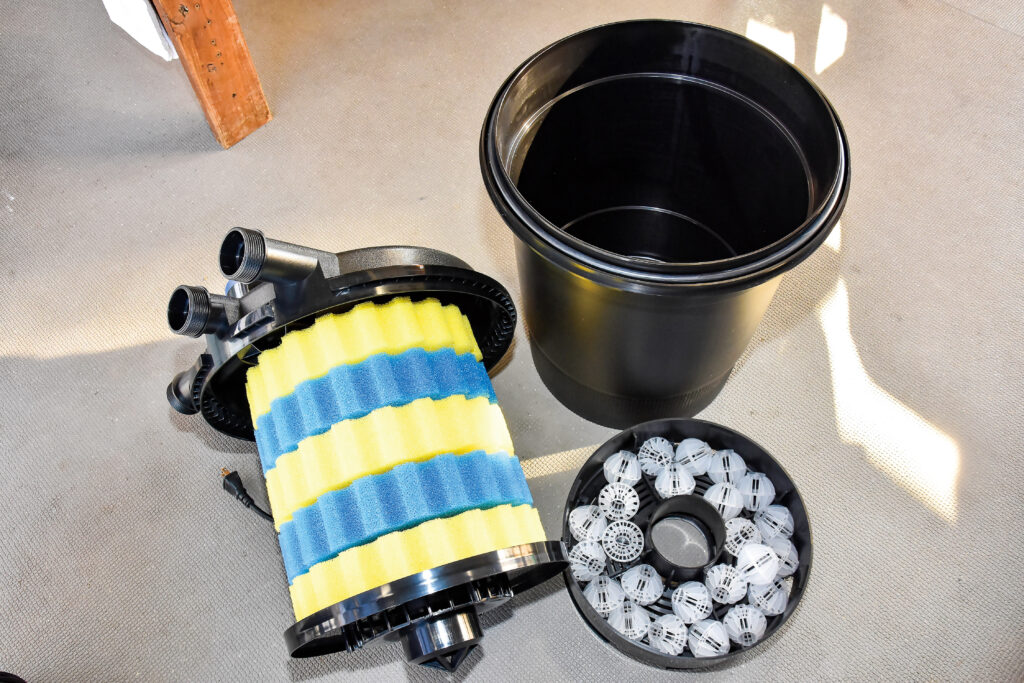
と通常タイプ(右)・スポンジフィルター。上部のハンドルを回すだけで洗浄することができる-1024x683.jpg)
— That sounds really handy.
Kenji: Wakishimizu is even better, but it’s a bit more advanced for beginners. You can’t keep too many fish in a tank, but if you use an INTEX pool with the “Koi Koi Aqua,” it becomes much easier. It’s like starting golf—you might spend around 100,000 yen on equipment, but with this, you can start with a much lower cost.
Eiji:Nowadays, many people use INTEX pools for keeping fish. The pool costs around 20,000 to 30,000 yen, and with the “Koi Koi Aqua” at about 50,000 yen, plus a pump, you can set it all up for around 100,000 yen. You’ll need the space of a car, but you can keep larger koi and more of them, so we recommend this approach.
Kenji: The important thing is to get started. Once you do, you’ll naturally want to improve and adjust things over time.
Eiji: The pool is portable, and the “Koi Koi Aqua” is easy to carry too. We’re agents for Wakishimizu, and while we’d love to promote it more, everyone has different ways of keeping fish, so we tailor our advice to each person’s needs.
— The advice you provide makes it easy for people to start keeping koi while still enjoying the hobby. That’s great.
Eiji: With Wakishimizu, once it’s set up, all you need to do is feed the fish. But it’s expensive and requires a lot of space, and it can’t be used in tanks. Many of our customers use the “Koi Koi Aqua” in 90 cm or 120 cm tanks, and the feedback has been great. That’s why we started selling the second-generation product in November.
— How many models of “Koi Koi Aqua” are there?
Eiji: There’s a standard model and a mini model. The mini is good for 2 to 3 tons of water, while the standard can handle 5 tons, but it can even manage 10 tons. If you have an additional filter tank, it can handle up to 15 tons. You can choose the pump based on your needs—smaller ones for tanks.
— Do you not need a biological filter layer? Is this enough on its own?
Eiji: The sponge filter is usually sufficient for physical filtration. But we recommend using it with a filter tank. Water that passes through the “Koi Koi Aqua” can then go into an existing filter tank, which reduces how often you need to clean the filter tank.
— How long does the filter last?
Eiji: About six months to a year, depending on usage. Some can last up to two years. It’s the same with Wakishimizu, stirring it too often will wear it out faster.
